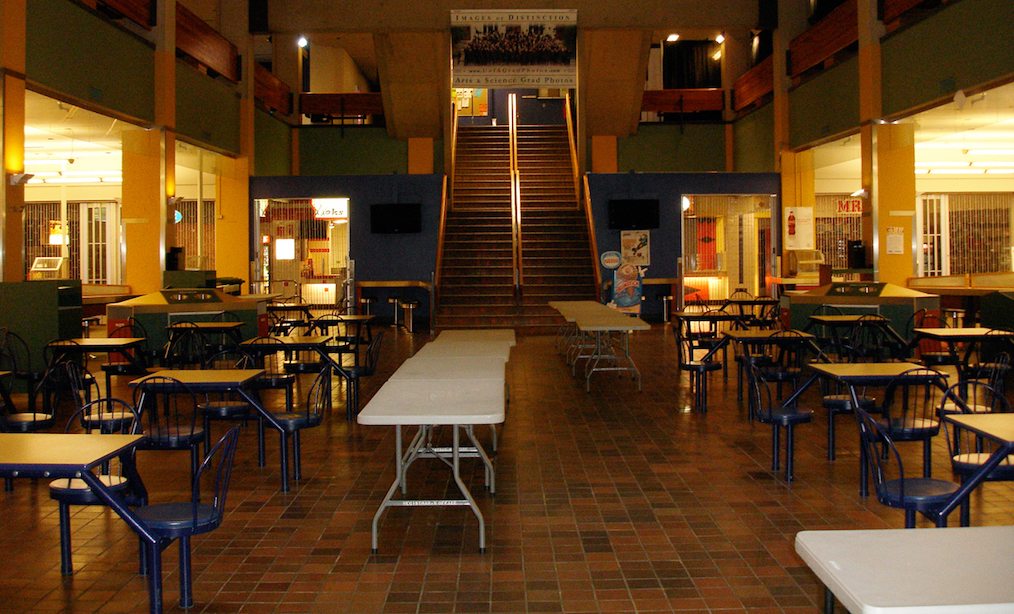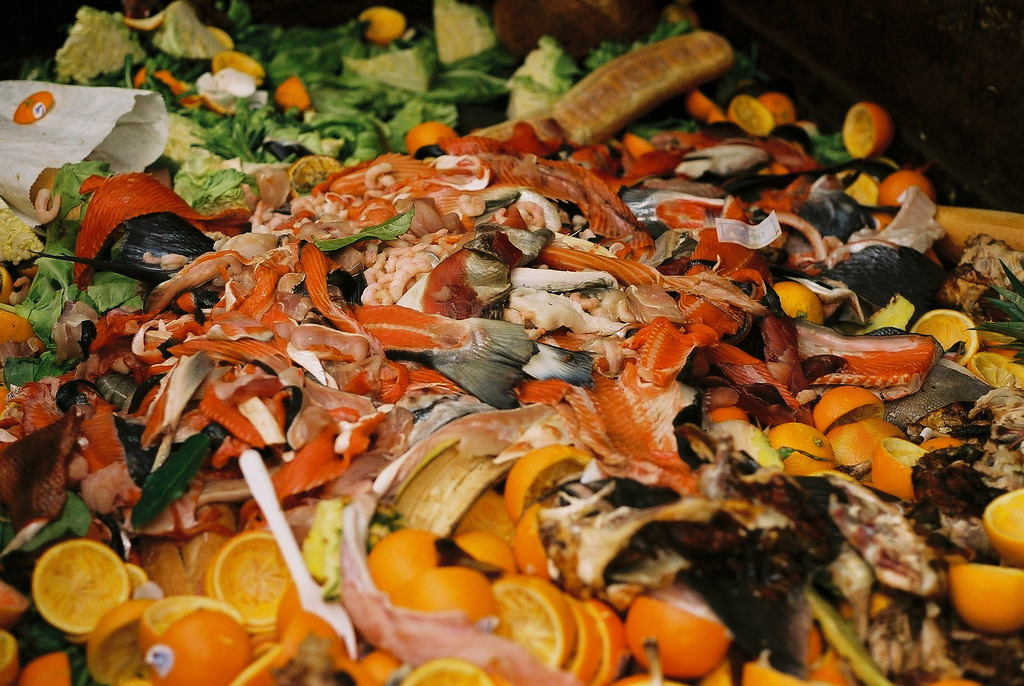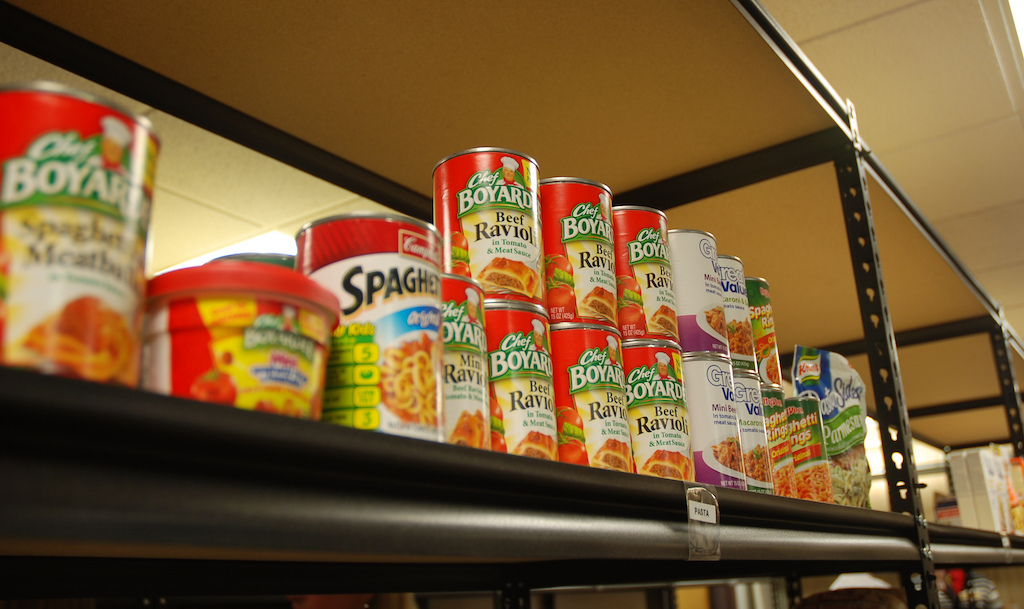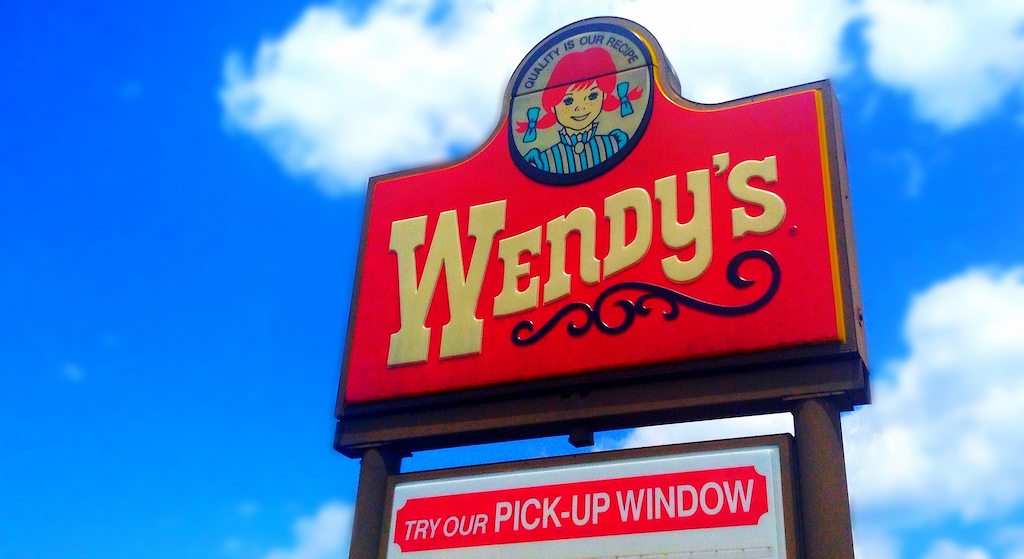
Claire
In my next life, I’m getting into college foodservice. Last week, The Hechinger Report published “A tough-to-swallow reason college keeps costing more: the price of meal plans.” Its opening graph depicts the bucolic main dining hall at Wellesley College, where students encounter a dizzying, all-day comestible array, from Niman Ranch meats, to local seafood, make-your-own waffles, and fresh-baked pastries. According to Hechinger, the cost for such (mandatory) access at Wellesley is $7,442 per student, per year.
ICYMI, last summer, New Yorker staff writer Malcolm Gladwell devoted an episode of his podcast, Revisionist History, to a comparison of the food at Bowdoin College in Brunswick, Maine (Fancy! Local!), and Vassar in Poughkeepsie, New York (Crappy! Indigestible!). Well, to be clear, the episode wasn’t really about the food itself as much as it was a critique of Bowdoin and Vassar’s expenditures on food in relation to how much they spend on financial aid (Bowdoin: less on aid! Vassar: more on aid!). Verdict, according to Gladwell? Low-income students suffered.
Here’s how the rest of that summer went: Bowdoin issued an angry retort, tweeters raged, Mother Jones published a sane piece attempting to parse out whether students should be eating crappy food (in which Gladwell is pretty much just dismissive and mad at every question—it’s delightful), then Inside Higher Ed published a piece defending Bowdoin as really not that cheap when it came to aid, and actually quite generous. Everyone wrote a piece, wrote a piece, wrote a piece.
Wherever you stand on last summer’s standoff, can we all agree that if it’s going to cost as much as $7,442 per student per year (or roughly $12 per meal), college food might as well be really delicious (and, if possible, locally-sourced, yada-yada)? Here’s why: once you’re out of college and living on your own, you’re going to spend way less than that to feed yourself.
Now, leaving aside for the moment all the citizens of New York City, who can drop $12 at the deli on a bag of Smartfood and a bottle of water, Hechinger’s piece cites estimates from the Bureau of Labor Statistics that show the average single American spends less than $11 a day on food. That’s in part because we’re our own free labor and don’t have to pay ourselves to prepare and serve food to … ourselves, or build housing and maintenance costs into the price of our meals like colleges and universities do.
But there’s something else to take into account. Campus dining operations can be very profitable businesses. Global foodservice providers like Sodexo and Aramark compete heavily for university dining contracts, where they typically also handle management, marketing, and logistics, and where “preferred vendor” procurement agreements with large suppliers keep costs low. For more on those agreements, which some refer to as “rebates” and others call “kickbacks,” read our story about Maine Farm & Sea, the country’s first farm-to-institution cooperative, which tried (and ultimately failed) to wrestle the University of Maine’s dining services contract away from Aramark in 2015.
As higher education becomes more expensive and student demand for “real” food gets more intense, it shouldn’t be entirely shocking to any of us that colleges and universities are adding widely-varied, high-quality dining services to the upscale amenities packages that attract higher-wealth students who can pay full tuition.
Sara Goldrick-Rab, a professor of higher education policy at Temple University, is quoted in the Hechinger story as saying: “This is the demand of some students, not others, and yet all students ultimately pay the price for this.”
Well, Sara, here’s something nobody will ever hear me say again: Just as it is in college, so it is in life.










